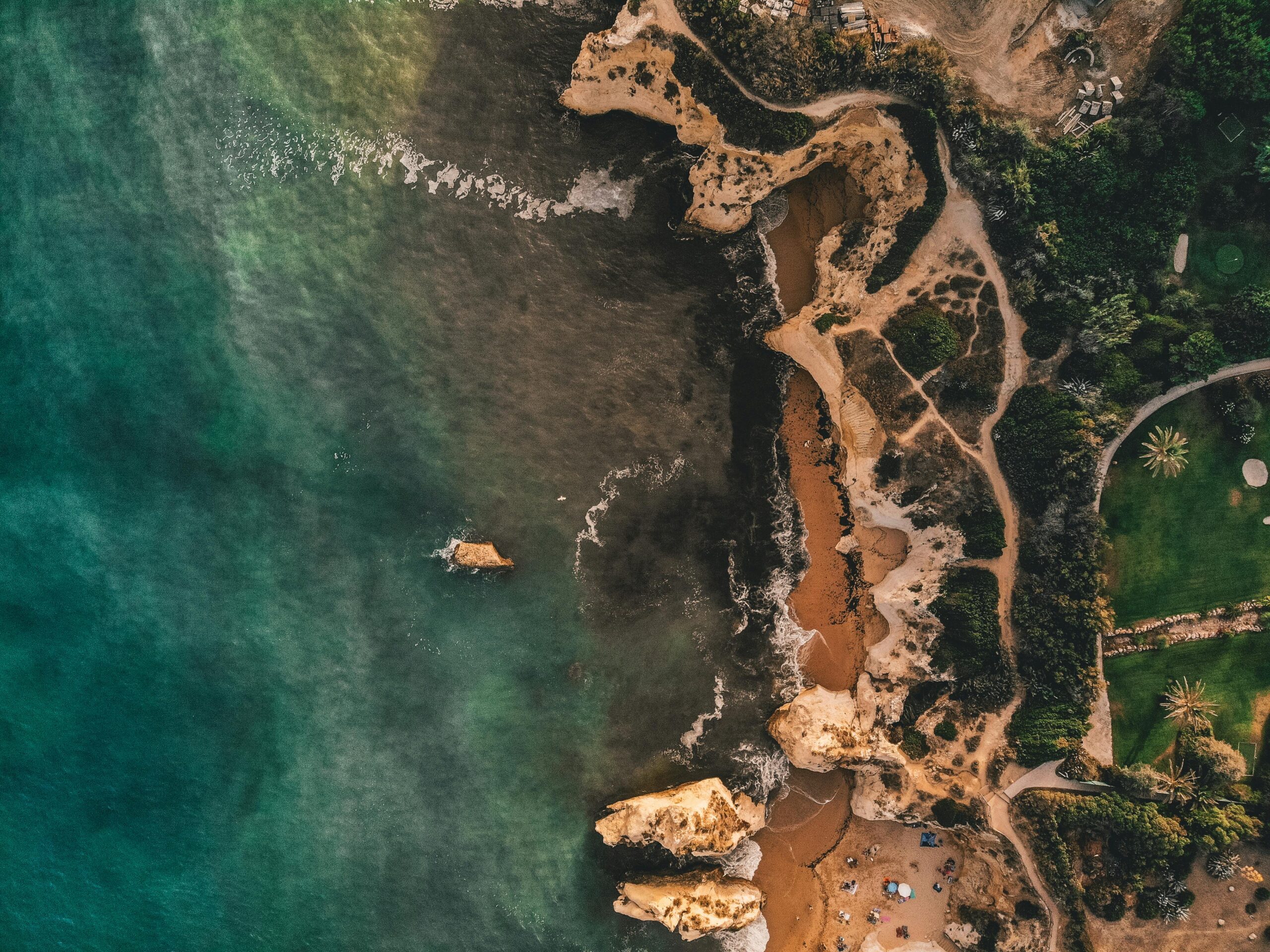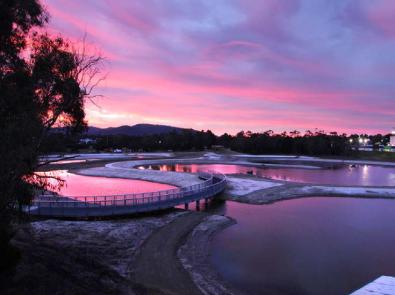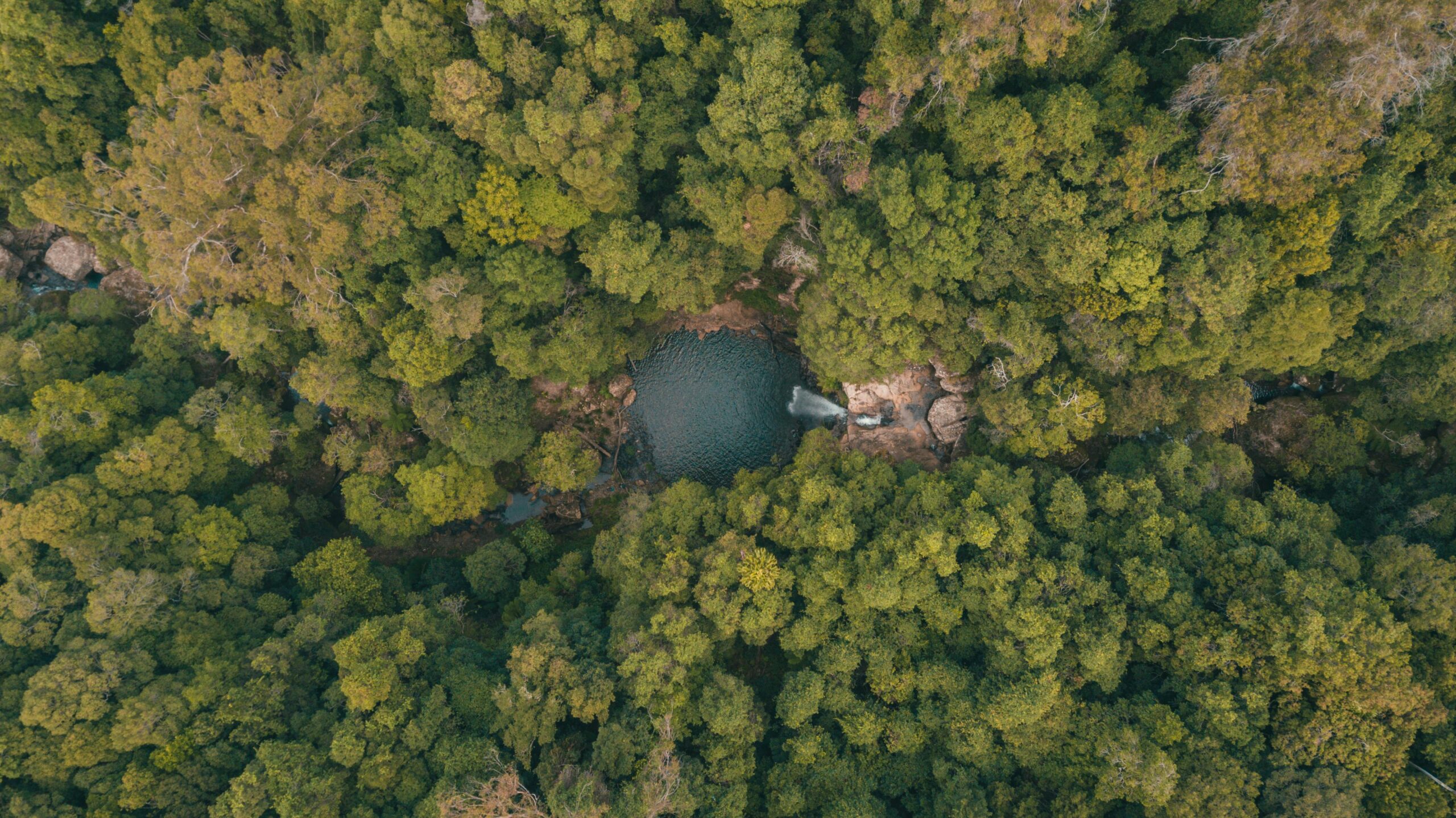QCoast2100 Coastal Hazard Adaptation Strategies
We has supported over 20 councils through the QCoast2100 program to develop and deliver Coastal Hazard Adaptation Strategies, combining technical expertise, community engagement, and strategic planning to manage coastal hazard risks, including specialised work with First Nations communities.

The QCoast2100 program is delivering Coastal Hazard Adaptation Strategies (CHAS) and coastal adaptation projects for Councils across Queensland. Across the program, Alluvium has supported over 20 councils to deliver tailored CHAS projects to meet each council’s needs, and deliver identified adaptation actions. Coastal Hazard Adaptation Strategies are proactive plans for coastal councils to managing the increasing risk from coastal hazards such as erosion and inundation from various forms, including tides increasing with sea level rise, storm tide and coincident flooding.
Our team brings extensive experience in all aspects of the adaptation planning process, including:
- understanding coastal process, hazards, asset vulnerabilities and risks to inform long-term strategic planning
- community engagement to understand management/adaptation preferences – integrating community values and experience into technical analysis and decision-making
- option development including performance, costs, priorities and timeframes for implementation
We supported Douglas Shire Council to be the first Council to complete all phases of their CHAS. Of the Councils that Alluvium has been engaged to deliver up to the final Phase 8, all are completed and endorsed. These include Douglas Shire, Sunshine Coast, Burdekin Shire, Gympie Region, Gladstone Region, Redland City, Northern Peninsula Area Shire, Burke Shire, Carpentaria Shire, Yarrabah Aboriginal Shire, City of Moreton Bay, Mackay Region and the Torres Strait Island Region.
The Local Government Association of Queensland (LGAQ) and the Department of Environment and Science (DES) has also commissioned Alluvium directly to work with six Aboriginal and indigenous councils as part of the First Nations Coastal Hazard Study to better understand the exposure of assets and values to coastal hazards in First Nations communities.


